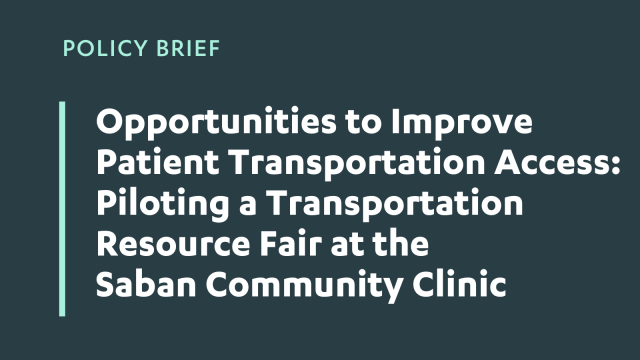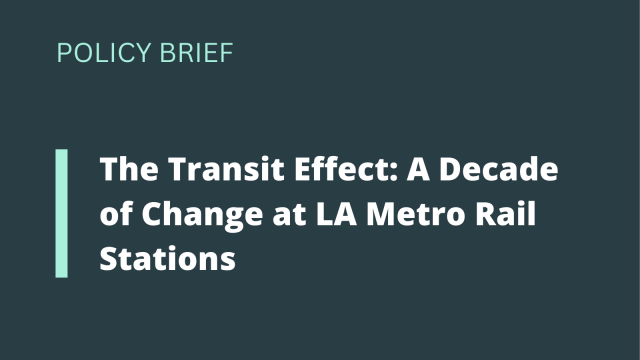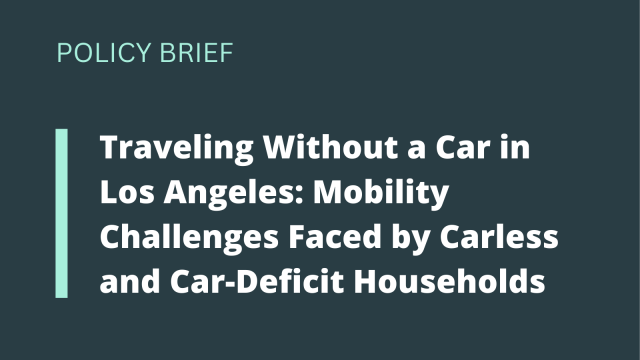Enhancing Mobility and Access for Carless & Car-Deficit Households in Los Angeles
This project focuses on carless and car-deficit households in the Westlake-MacArthur Park and Pacoima-Panorama City neighborhoods that have experienced challenges in traveling to their destinations due to their limited access to household vehicles. Car ownership in the U.S. is causally linked with positive economic outcomes such as being employed, gaining employment, working additional hours, and earning higher wages (Brown 2017). In the U.S., however, “carless” households, or zero-car households, make up 7% of all households, and “car-deficit” households, households with fewer cars than drivers, make up 15% of all households (Blumenberg et al. 2018). Those who do not own a vehicle or do not always have access to one, however, are left to navigate on modes other than the private vehicle to meet their transportation needs.
Using quantitative and qualitative methods, I find that carless and car-deficit respondents from Pacoima-Panorama City reported carpooling and riding the bus as their most used transportation modes, whereas Westlake-MacArthur Park reported higher use of transit such as bus and rail. Over half of all carless and car-deficit respondents, however, shared that they have skipped and/or rescheduled trips to healthcare, school, work, and other destinations due to transportation issues. Furthermore, both neighborhoods reported similar concerns related to safety, time associated with transit use, and saw low rates of participations in public programs that aim to alleviate the cost of transportation.



